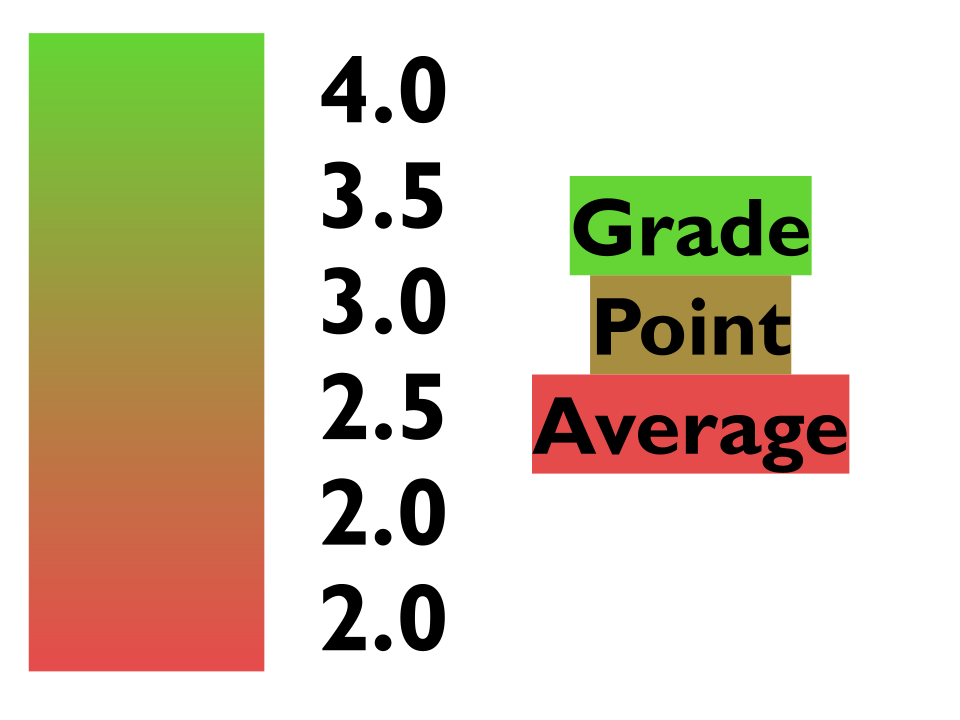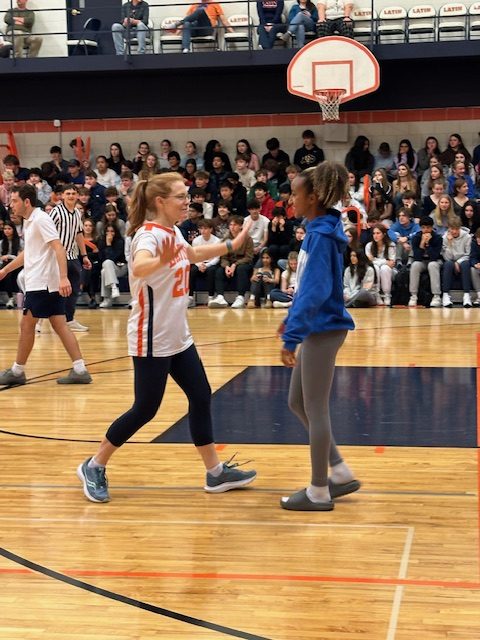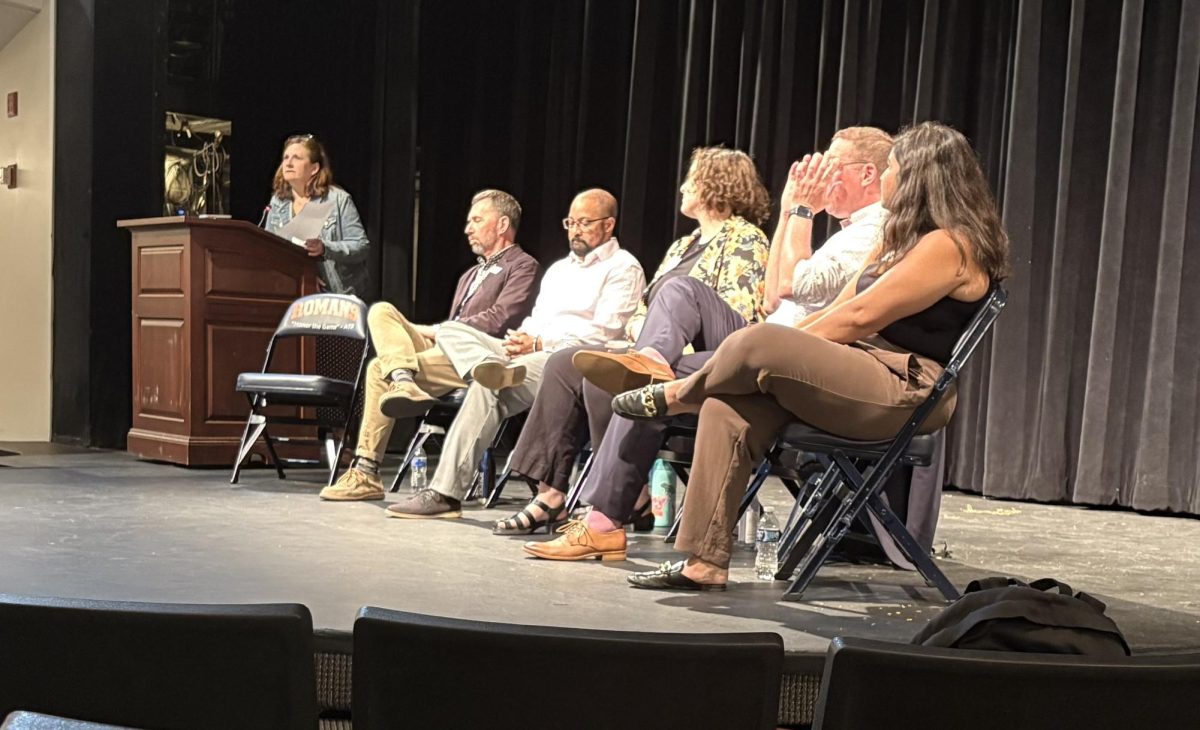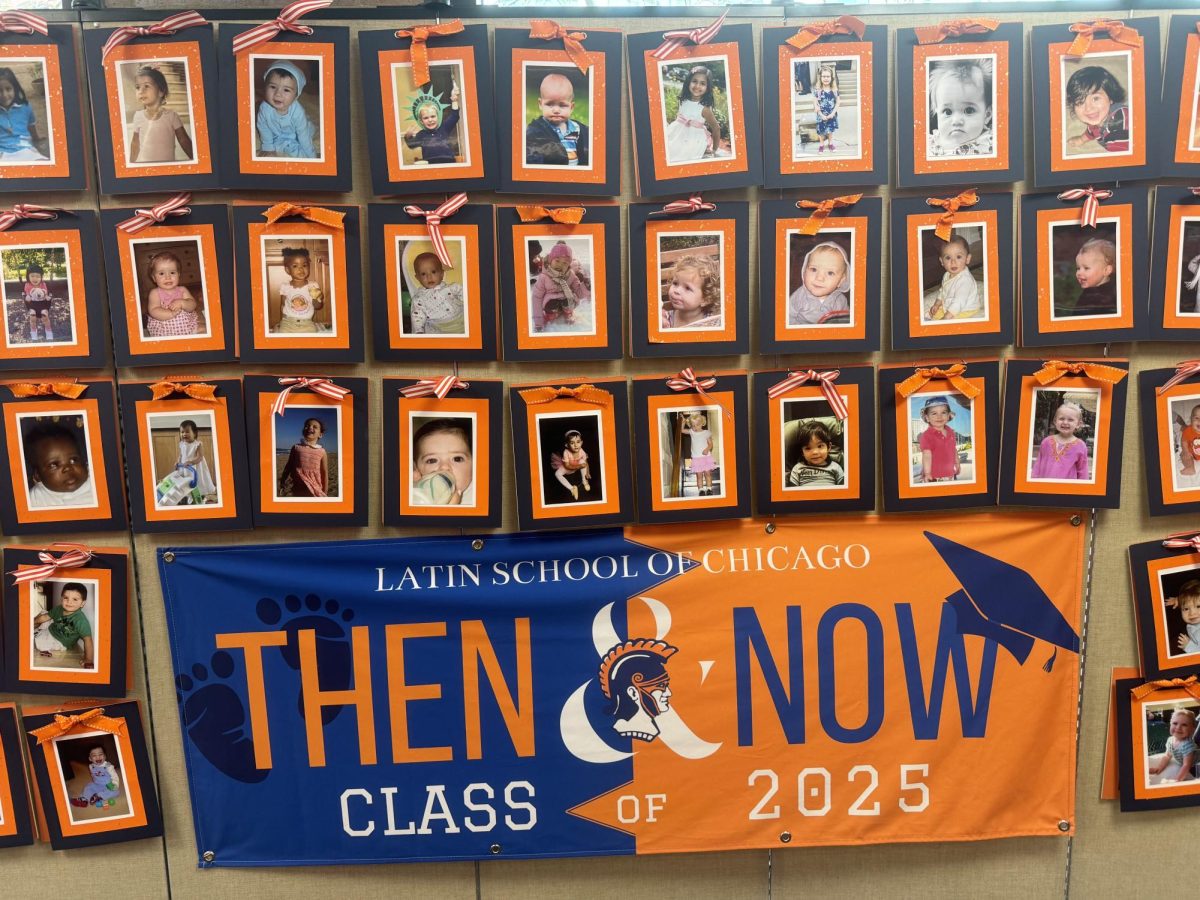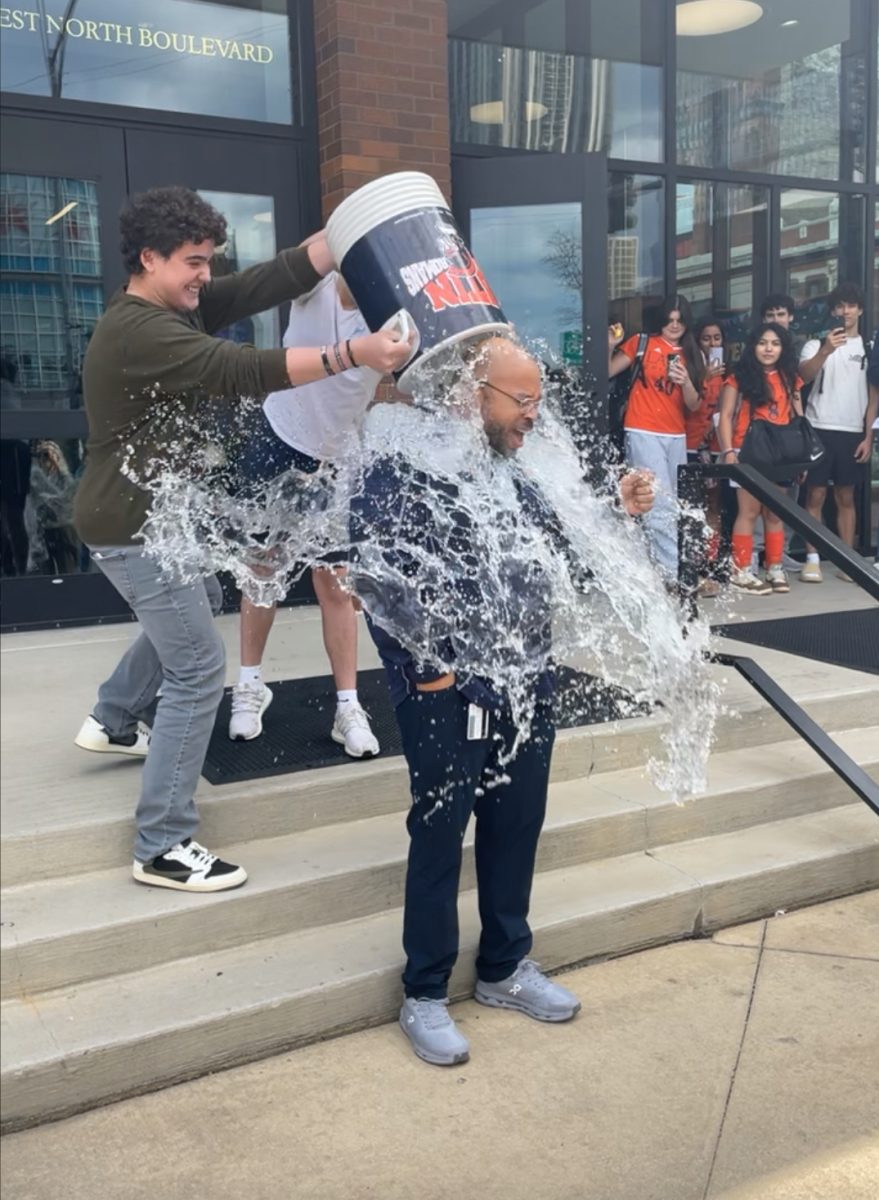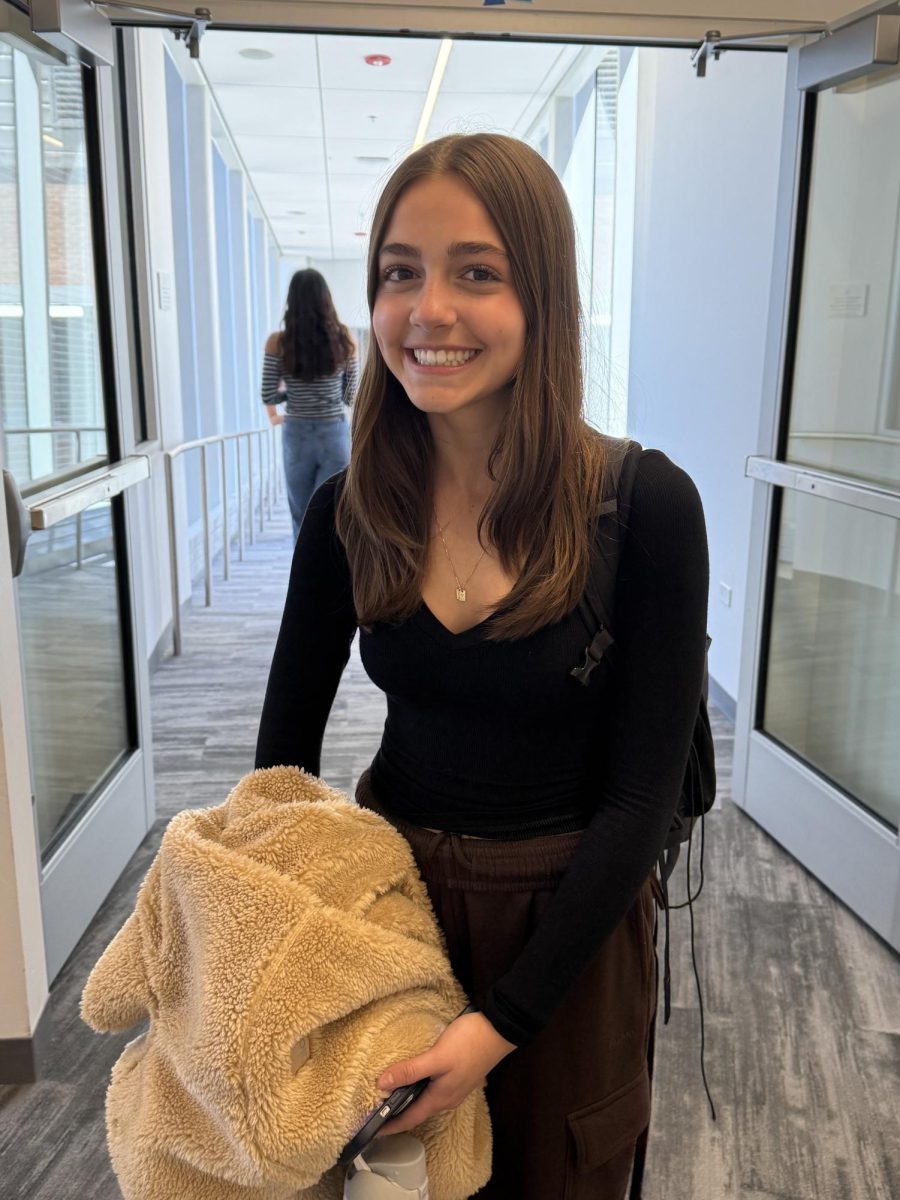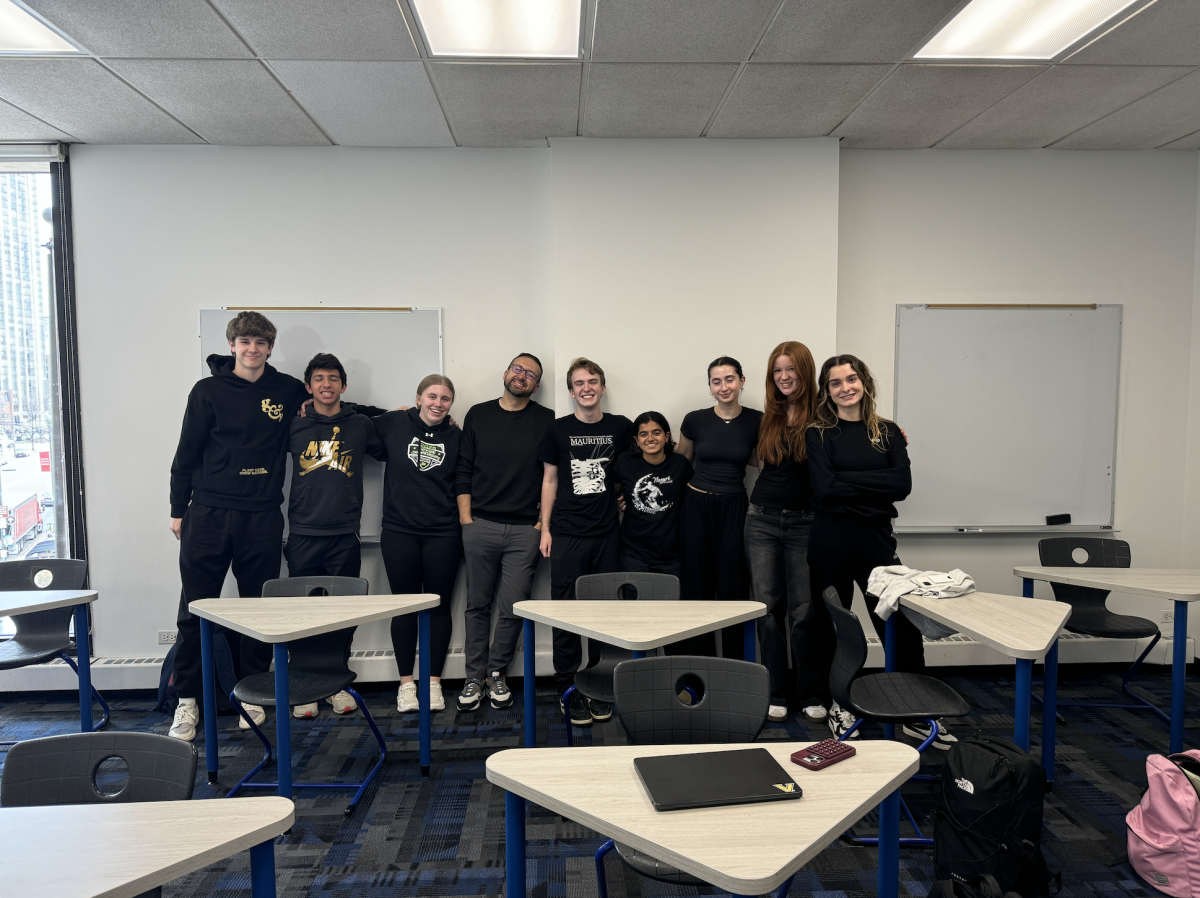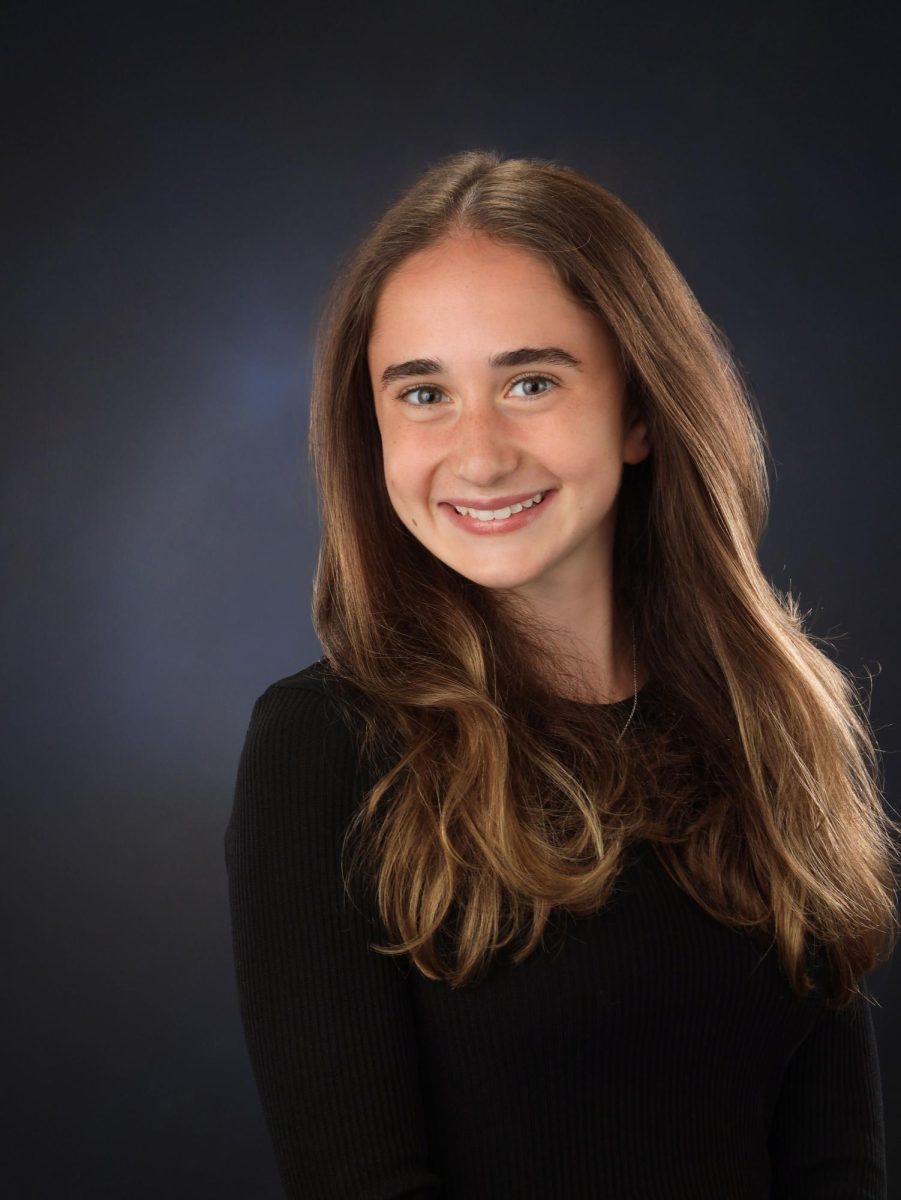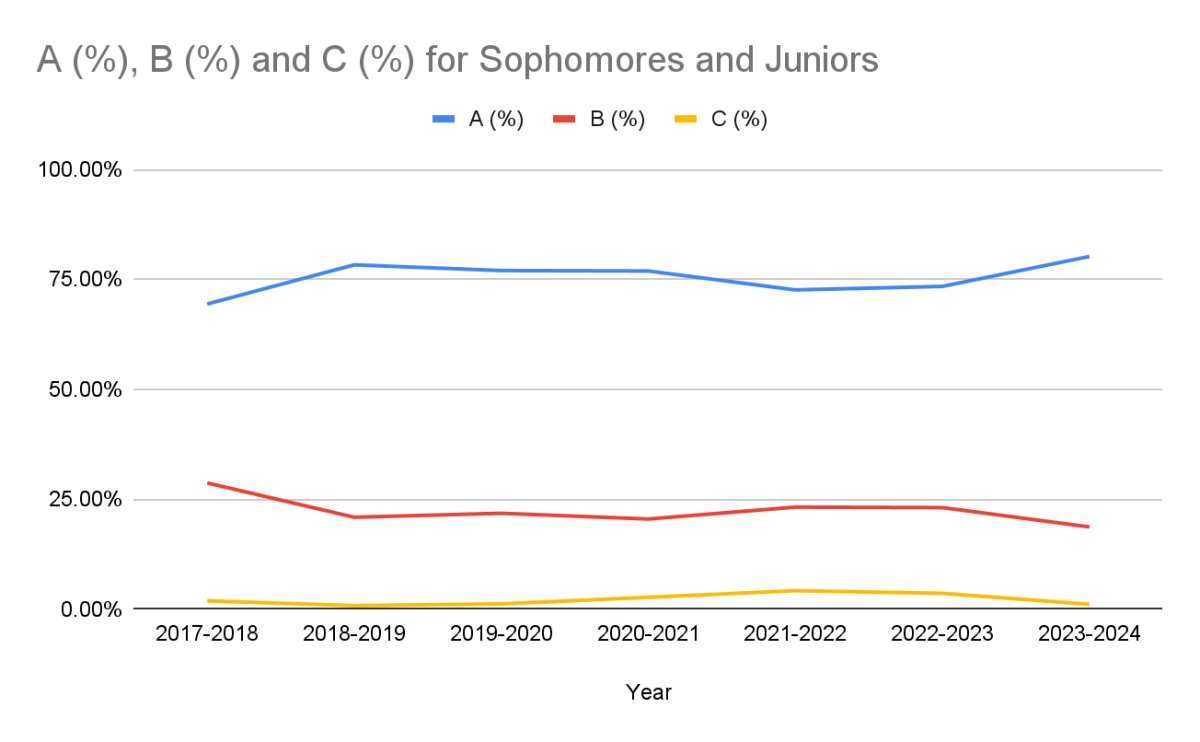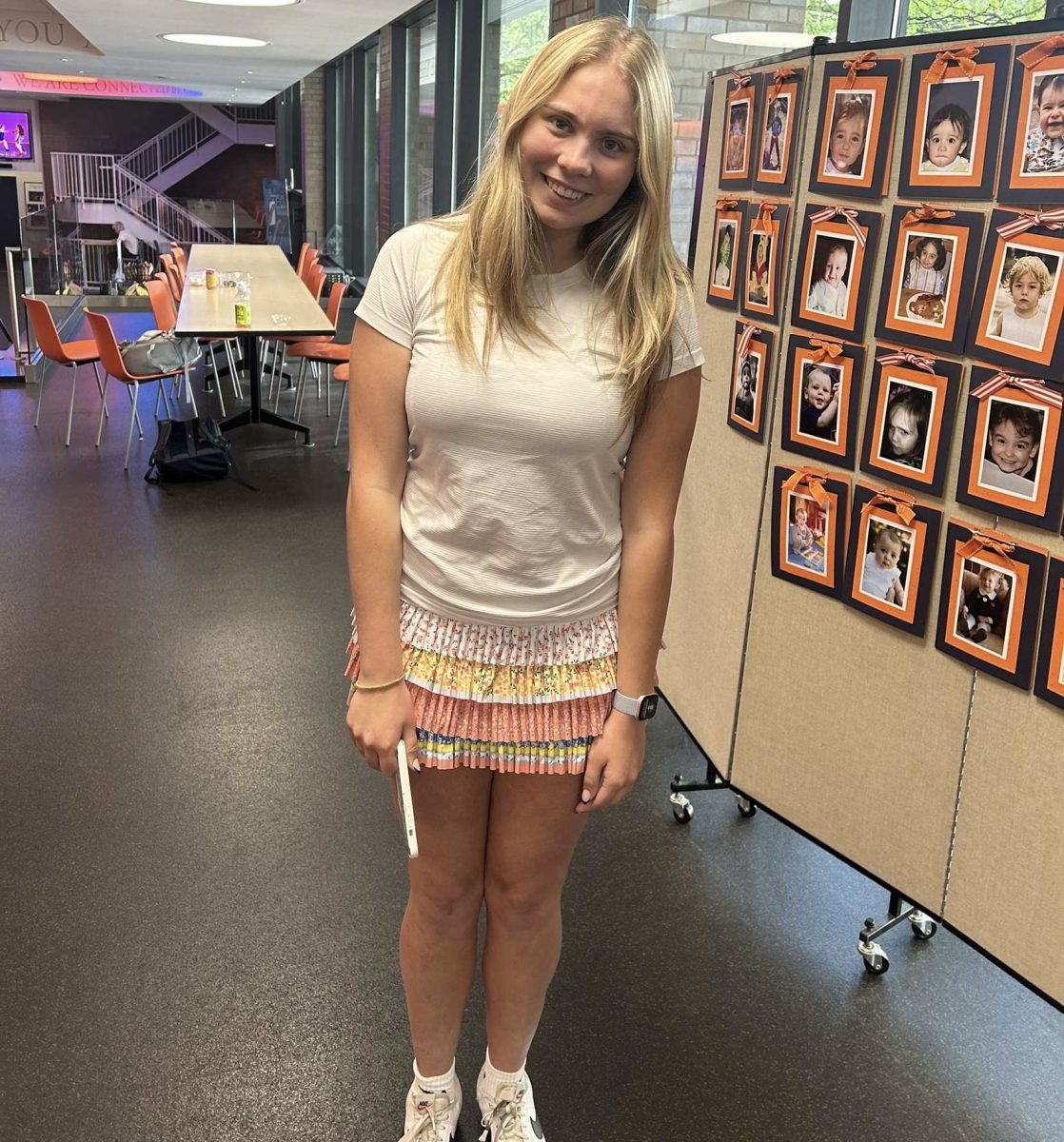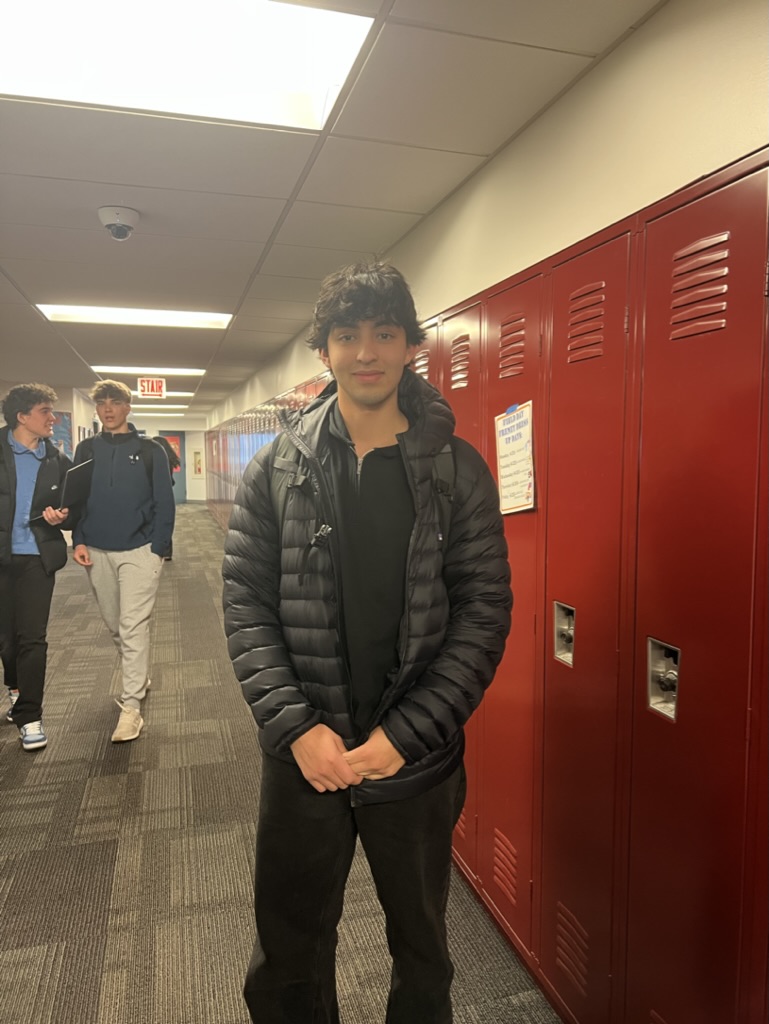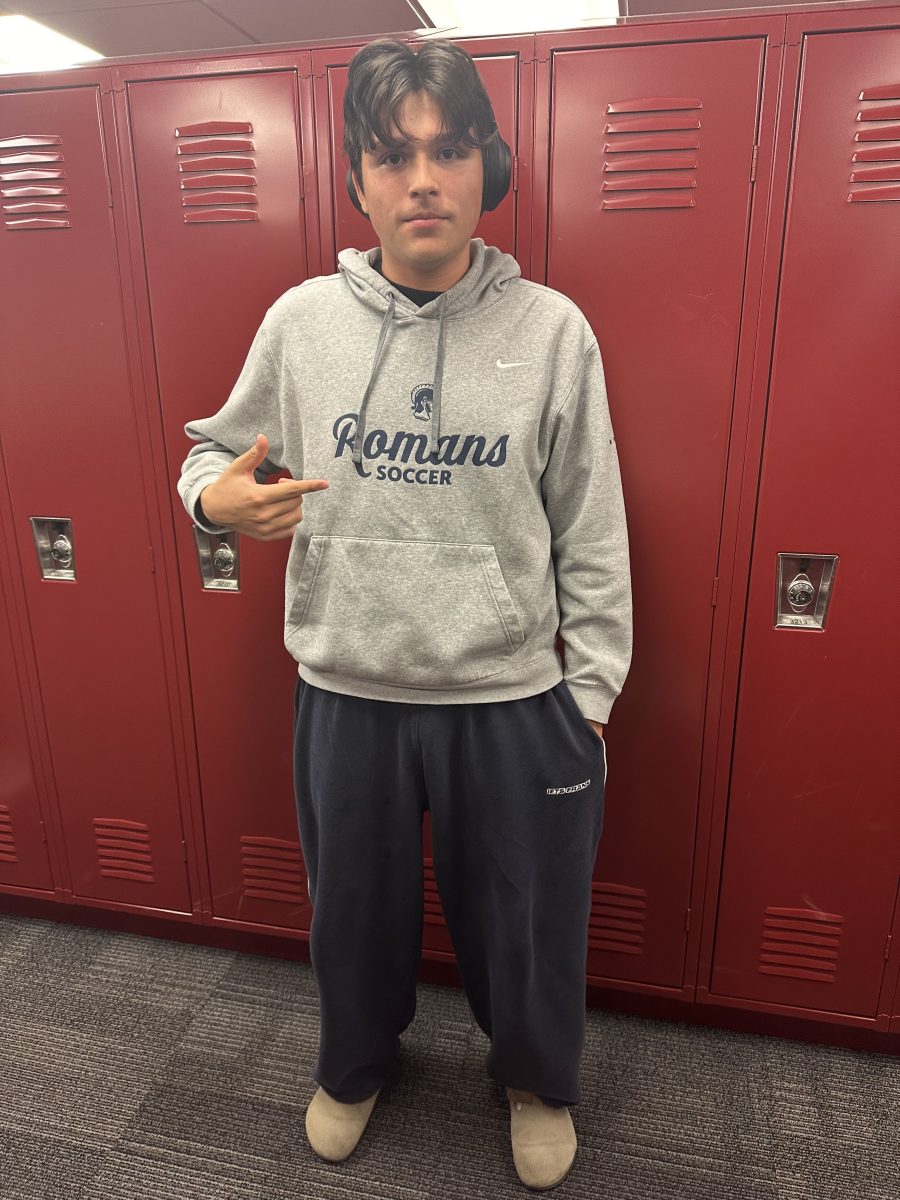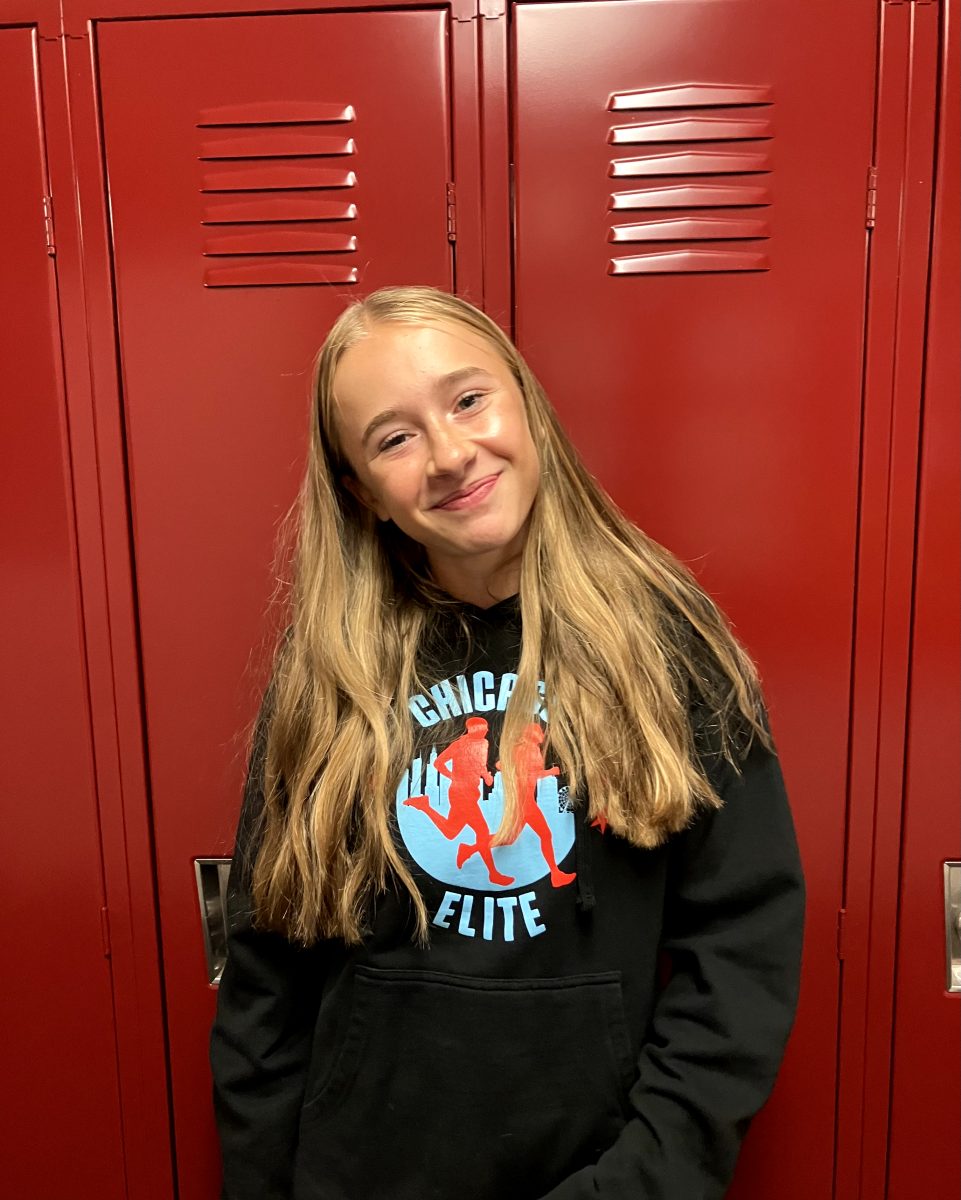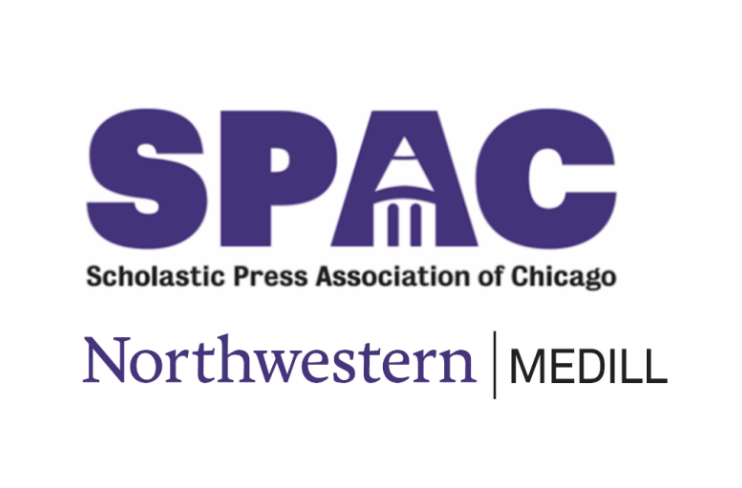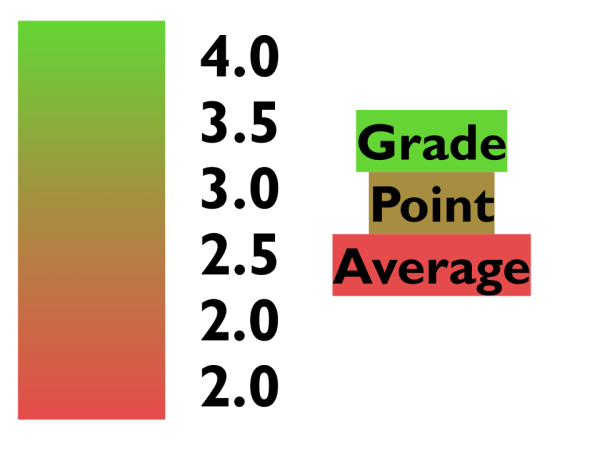Mayoral Youth Forum: Social & Physical Safety at Latin
Northwestern University & The Scholastic Press Association of Chicago
The survey was conducted through Northwestern’s Medill School of Journalism and the Scholastic Press Association of Chicago’s Mayoral Youth Forum program, which both editors participated in.
You might assume that Latin students would generally feel safer at school than students at other schools, given its location in one of the city’s safest and toniest neighbourhoods.
But you would be wrong.
In a recent survey conducted by student newspaper staff from 11 Chicago schools (three private, one charter, and seven CPS high schools) in conjunction with Scholastic Press Association of Chicago and Northwestern Medill’s Mayoral Youth Forum program, Latin students reported feeling more concerned about their safety in school than their Chicago peers. Latin students were statistically more concerned about safety than 10 of the 11 schools, ranking 0.3 points higher on the five-point scale than the average score of the other schools, which include Lane Tech, Whitney Young, and Francis Parker.
This surprise finding could likely be attributed to recent safety incidents both in and around the school.
The carjacking of a Latin Upper School student on January 6 may have heightened community members’ vigilance around the school. Although the student was reportedly uninjured and the offenders were found within two hours of the incident, it is important to note the incident took place on the 1400 block of North State Street, just a half-mile from Latin.
The September 8 bomb threat also likely contributed to Latin students’ safety concerns. Students and teachers were promptly released from classes and evacuated from the building after an emailer threatened the school with explosives. Fortunately, no one was hurt, but the community was left stunned by the incident. “Coming from a public school, [drills weren’t] really new to me,” Latin sophomore Mel Butler said, “But it was shocking to find out that it wasn’t just a fire drill.” She continued, “A lot of chaos ensued with trying to figure out what to do with the students.”
In response to these safety concerns, Latin has maintained and reinforced its safety procedures. The school continues to rely on its identification badge and lobby reception system to restrict and track who goes in and out of the building. Upper School history teacher Debbie Linder said, “At Latin, safety looks different. Sami [Aday, the Upper School Lobby receptionist] knows every person who goes in and out of the doors, and that is a gift.”
In addition to entry and exit safety procedures, Latin now implements a first aid class within the ninth grade Wellness curriculum to train students for proper first-aid delivery in case of emergencies. The class is taught by Tony Pascolla, a Red Cross certification instructor and current PE department chair.
Freshman Lucia Meno, who took the class in the fall, said, “While it may be hard to prevent an emergency, having a CPR course ensures that there will be a quick reaction if one does happen. Latin is a pretty small school, so I trust that many of my classmates and teachers would actually feel comfortable to use their knowledge of first aid when needed.”
Latin has also, arguably most notably and contentiously, reinstated lockdown drills for students. On November 29, the school administered a drill within the 15-minute advisory block. Students were encouraged to follow the “locks, lights, out of sight” rule, in which they were to find a safe space, lock and barricade the door, turn off the lights, remain silent, and wait for an all clear or police response before taking action.
“It is important to put our safety protocols into play, because it offers the opportunity for students, and especially faculty and staff, to learn their roles and responsibilities before, during, and after any type of emergency,” Sami said. “This helps to reduce confusion, panic, and injury.”
In regards to safety drills, and particularly bomb drills, Ms. Linder said, “We should definitely have clear guidelines and a practice at the beginning of school.”
When asked to rate the extent to which certain safety procedures might make them feel safer, 38 Latin student survey respondents averaged a 3.3 out of 5 overall positive rating of lockdown drills, whereas potential school resource officers and metal detectors were respectively rated 3.6 and 3.5 out of 5.
It’s worth noting that the initial question about safety didn’t specify whether it was referring to physical or social safety, which may have been the cause for the 13 students of color being disproportionately more concerned about their safety than the 25 white (non-hispanic) students were. At Latin, a mere 38 percent of Upper School students and 24 percent of faculty members identify as people of color, compared to the Chicago population’s 67 percent, which might play a part in creating a different environment and experience for a smaller population of Latin community members
“I struggle with feeling as though I need to pretend to be a version of myself I’m not to better fit in with most people here,” senior Amanda Valenzuela said, “I have been codeswitching my whole life, and my vocabulary, my thoughts, even the way I hold myself changes when I walk through Latin’s halls.”
On how to make Latin a safer learning environment, Director of Diversity, Equity, and Inclusion (DEI) Eleannor Maajid said, “There’s always more education that can be done to bring awareness to certain issues and experiences and create empathy.”
Latin’s concerns about safety, particularly within the context of the upcoming Chicago mayoral elections, illustrate how it is important to elect people to power who both uplift and enforce standards of inclusion and also take measures to ensure physical safety.
Although mayors are not omnipotent, they have the power to make a significant impact on both physical and social safety at Latin, at other schools, and citywide.
“School safety to a kid might be different from school safety to an adult,” noted Ms. Linder, who also serves as Latin’s We Will Vote club advisor. “It’s really important for representatives to talk to kids.”
Regardless of age, community members can do their research and talk to peers and eligible voters to make changes resulting in safer schools. To start with, they can visit the We Will Vote club’s display in the fifth floor stairwell, which shares both information specific to the upcoming mayoral elections and on voter registration.
Many Latin seniors are in a unique position: They now—while actively experiencing the school system—have the ability to carefully consider who to elect to positions of power in the future, starting with the February 28 Chicago mayoral elections.

Sofia Grimm ('25) is excited to serve as Opinions Editor this year! Her fourth year writing for The Forum, Sofia has been in various roles at The Forum...
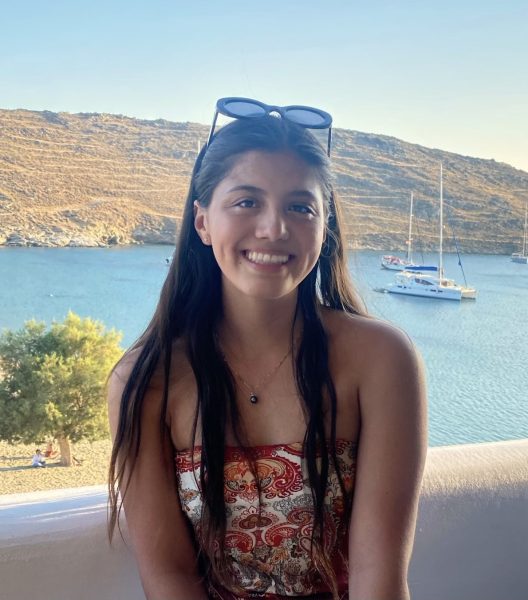
Ava Tse (’24) is thrilled to serve as a Managing and Standards Editor this year. Integrity and empowerment always come first in her journalism, and in...

